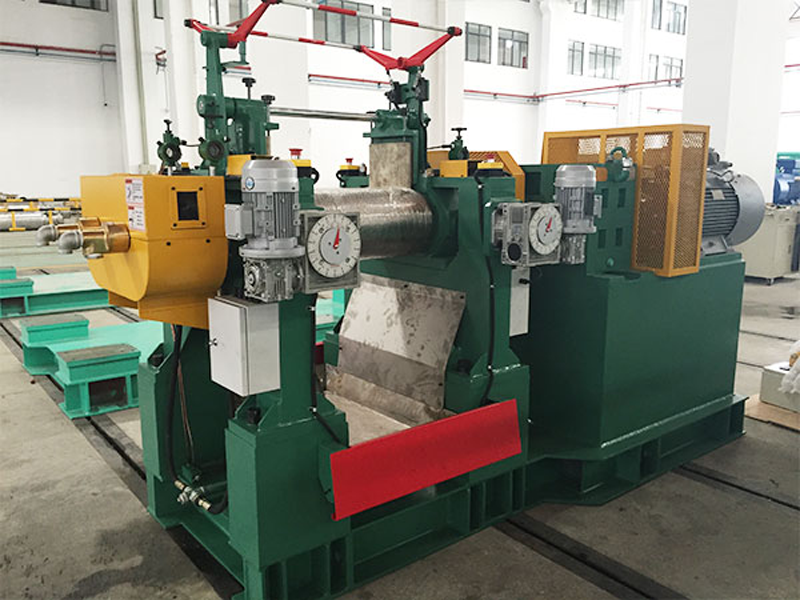
Plastic Processing Machine: A Powerful Assistant
Release time:
2024-12-15
A plasticator is an important piece of equipment used for mixing and plasticizing plastics. It has wide applications in the field of plastic processing and is mainly divided into open and closed types.

A plasticator is an important piece of equipment for mixing and plasticizing plastics. It has wide applications in plastic processing and other fields and is mainly divided into open and closed types.
Single-screw plasticators, such as those produced by Wuxi Dingyu Rubber and Plastics Machinery Co., Ltd., mainly consist of a base, a connecting seat, and a table top to form a table-top structure. They are composed of a transmission system, rollers, roller bearings, a frame, safety devices, an electric heating device, and an electrical control cabinet, with numerical control temperature detection. Its roller diameter is 160mm, the roller working surface length is 320mm, the roller speed ratio is 1:1.35, the roller adjustment distance is 0-5mm, the front roller speed is 11.91m/min, the single batch loading amount is 1-2kg, the motor specifications are 5.5KW, 960r/min, the external dimensions are 1550×900×1250mm, the heating (electric heating) range is room temperature to 200 degrees, with front and rear roller digital display temperature control, heating power is 3.3KW, and the total weight is 1T. Single-screw plasticators are often used in rubber factories and research unit laboratories for raw rubber plasticizing, mixing rubber materials with compounding agents, heat treatment of mixed rubber, and pressing sheet samples, as well as for plastic mixing experiments. Its structure is relatively simple, easy to manufacture, and operation and maintenance disassembly are convenient, so it is widely used in plastic product enterprises. However, it also has some shortcomings, such as greater physical exertion for workers, manual mixing and turning of the mixed material is required in a high-temperature environment, and the number of times the plastic sheet is manually turned over significantly affects the quality of the raw material mixing.
Closed plasticators, also known as internal mixers, mainly consist of a closed mixing chamber (also called a plasticizing chamber). The upper part has a feeding device, the lower part has a discharge port, and there are top plugs at the top and bottom. When the top plugs are closed, a closed plasticizing chamber is formed. Inside the plasticizing chamber is a pair of counter-rotating rotors. The rotor cross-section is pear-shaped, and the longitudinal section is Z-shaped. The rotor speeds are slightly different, and there is a constant speed ratio between the rotors and between the rotors and the inner wall of the plasticizing chamber. The outer wall of the plasticizing chamber is also equipped with a cooling (heating) jacket for heating and cooling the material. During operation, the upper top plug is first lifted, and the material is added from the feed port. Then, the upper top plug is pressed into the mixing chamber under pneumatic pressure, and the material is continuously pressed during operation, applying a certain force to the material. After mixing is complete, the lower top plug is opened, and the material is discharged from the discharge port. The material plasticized by the internal mixer is a viscous mass when discharged, and usually needs to be rolled into sheets by an open mill and cooled before further processing. The advantages of the internal mixer are that it has minimal dust and fume hazards, high automation, safe operation, good mixing effect, and high production efficiency.
Different types of plasticators have different characteristics in structure and function. Enterprises will choose the appropriate type of plasticator based on their own production needs and process requirements to ensure the smooth progress of plastic processing and related production processes and product quality.
Previous
Previous:






